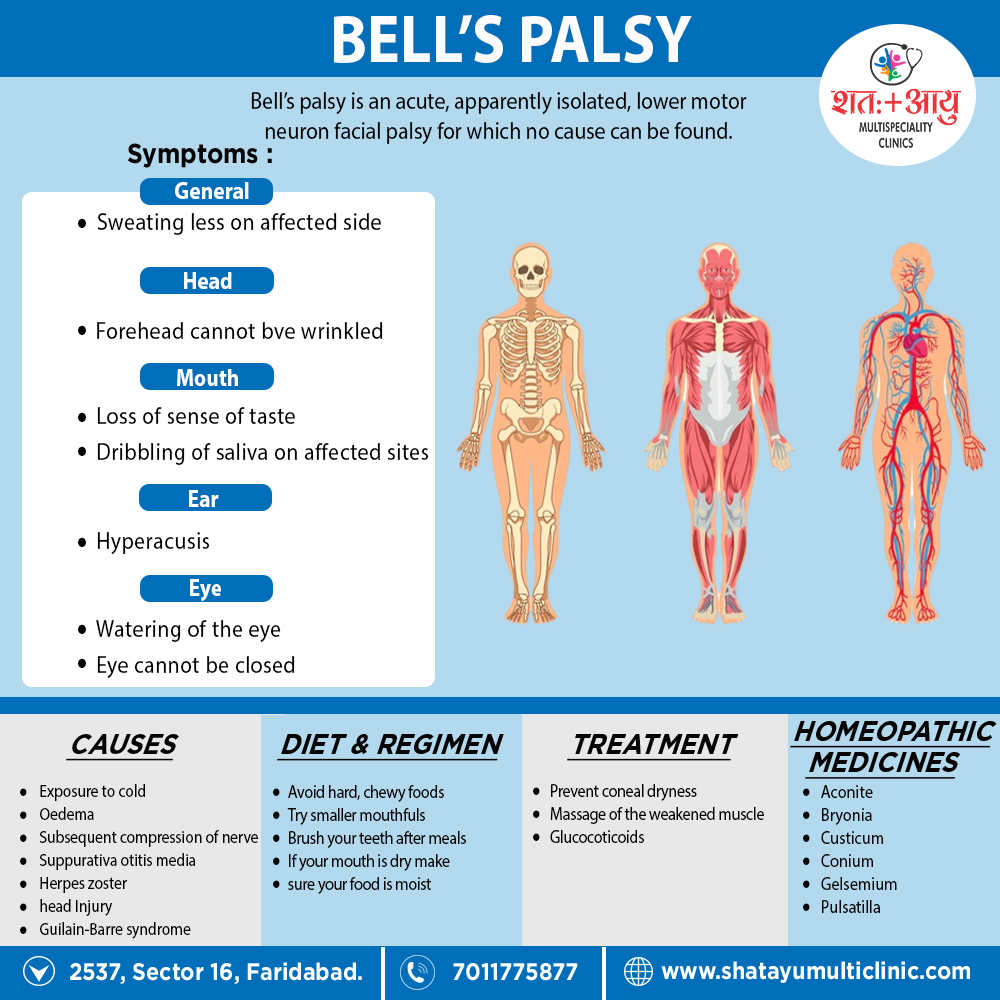Homeopathy treats the person as a whole. It means that homeopathic treatment focuses on the patient as a person, as well as his pathological condition. The homeopathic medicines are selected after a full individualizing examination and case-analysis,
which includes;
- the medical history of the patient,
- physical and mental constitution,
- family history,
- presenting symptoms,
- underlying pathology,
- possible causative factors etc.
The disease diagnosis is important but in homeopathy, the cause of disease is not just probed to the level of bacteria and viruses. Other factors like mental, emotional and physical stress that could predispose a person to illness are also looked for. No a days, even modern medicine also considers a large number of diseases as psychosomatic. The correct homeopathy remedy tries to correct this disease predisposition.
The focus is not on curing the disease but to cure the person who is sick, to restore the health. If disease pathology is not very advanced, homeopathy remedies do give a hope for cure but even in incurable cases, the quality of life can be greatly improved with homeopathic medicines.
The homeopathic remedies
The homeopathic remedies (medicines) given below indicate the therapeutic affinity but this is not a complete and definite guide to the homeopathy treatment of this condition. The symptoms listed against each homeopathic remedy may not be directly related to this disease because in homeopathy general symptoms and constitutional indications are also taken into account for selecting a remedy.
Medicine:
Causticum:
This remedy also has paralysis from exposure to the cold of winter. Facial paralysis from exposure to dry cold weather. Cowperthwaite published a large number of cases of facial paralysis cured with Causticum 30, and its value in this affection seems established. It has also paralysis of single parts, face, tongue, pharynx, etc.
Gelsemium:
Complete motor paralysis, rather functional than organic in origin. It is one of our best remedies in post-diphtheritic and in infantile paralysis. Paralysis of the ocular muscles, ptosis; the speech is thick from paretic conditions of the tongue. Paralysis from emotions. Aphonia, paralysis of the larynx.
Aconite:
Complete motor paralysis, rather functional than organic in origin. It is one of our best remedies in post-diphtheritic and in infantile paralysis. Paralysis of the ocular muscles, ptosis; the speech is thick from paretic conditions of the tongue. Paralysis from emotions. Aphonia, paralysis of the larynx.
Conium:
Palsy of old people esp. old women. “Conium may be useful in paralysis, especially partial, the patient being weak and continuously trembling; the limb continually trembling; the limbs give out when walking and he falls forward; sudden attacks of giddiness and faintness. “Palsy after concussion of spine.
Bryonia:
Abnormal hunger, loss of taste. Dryness of mouth, tongue also throat with excessive thirst. Especially, Tongue coated yellowish, dark brown; heavily white in gastric derangement. At last, Lips swollen, dry cracked.
Pulsatilla:
Dry mouth without thirst. Crack in middle of lower lip. Offensive odour from mouth. Frequently licks dry lips. Loss of taste. Besides this, Alteration of taste, bitter, bilious, greasy, salty, foul. [5]

